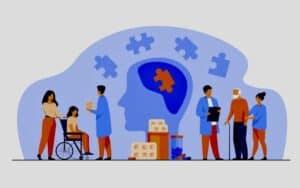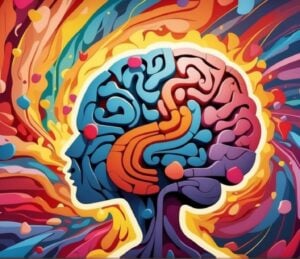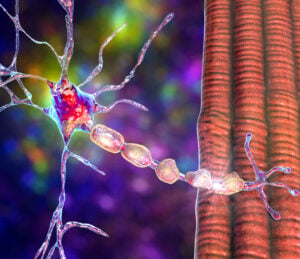Stay up-to-date with the latest news related to neurological disorders. Subscribe to our newsletter.
Looking to expand your partner network with the latest in the field of neurological diseases? Build relationships with academic teams and biotechs.
What are neurological disorders?
Neurological disorders are conditions that affect the nervous system, causing symptoms such as muscle weakness, seizures, and cognitive impairment. Examples include Alzheimer’s, Parkinson’s, and multiple sclerosis. These disorders can be caused by various factors, including genetics, infections, injuries, and environmental factors.
How is biotechnology revolutionizing the treatment of neurological disorders?
Biotechnology offers various approaches to treat neurological disorders, such as developing drugs to target specific disease mechanisms, using gene therapy to correct genetic mutations, and utilizing stem cells to replace damaged cells. Biotech also plays a role in developing diagnostic tools to detect neurological disorders early and advancing neuroscience research to better understand these disorders.
Got a news story for us related to neurological disorders? Send it to us here.




















